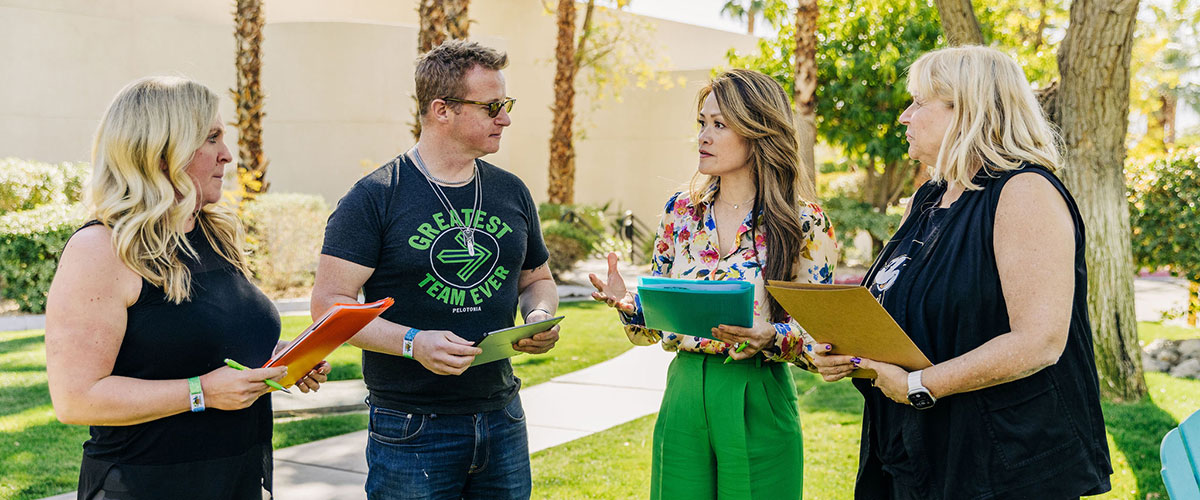Learner Agency is the capacity for learners to act purposefully and constructively to change the trajectory of their own life while contributing positively to others. Advancing learner agency is a vital goal for Impact Teams (teams of educators) who want to create conditions for learner self-empowerment by fostering a sense of ownership over their own learning. One approach to achieving this goal is through the Impact Team PLC model, which provides a structured framework for collaboration and action to build collaborative expertise with student teams and teacher teams.

Assessment for Learning
At the heart of the Impact Team model is the “Assessment for Learning Classroom Protocol,” which is designed to promote student agency and ownership of learning through implementing core formative assessment practices that emphasize self regulation and metacognition. These practices have the potential to accelerate learning based on the Visible Learning synthesis of research by professor John Hattie (2020). Hattie found that the tipping point of a .4 effect size was the point at which student performance surpasses the expectation of one year’s growth in one year’s time. Influences that have a .4 effect size or higher have the potential to accelerate student learning or close learning gaps in a more quick and efficient manner.
Practices that Accelerate Learning
- Evaluation and Reflection: .75
- Metacognitive Strategies: .55
- Help Seeking: .72
- Strategy Monitoring: .86
- Deliberate Practice: .79
- Peer Tutoring: .51
- Feedback: .66
- Classroom Discussion: .82
- Classroom Clarity: .75
The Classroom Protocol Unpacked
The classroom protocol involves a series of steps that teachers, in partnership with students, can use to collaboratively set goals, make learning action plans, and reflect on learning.
The first step of the classroom protocol is goal setting. Teachers and students work together to identify learning goals, with a focus on developing clear and measurable outcomes. By involving students in the goal-setting process, they gain a sense of ownership over their own learning and are more likely to take an active role in the learning process.
The next step is making a personalized learning action plan. Teachers and students collaborate to develop a plan for achieving the identified goals and objectives, with a focus on developing strategies that are student-centered and personalized. By involving students in the planning process, they gain a sense of agency over their own learning and are more likely to engage in the learning process.
The final step is reflection on learning. Teachers and students reflect on their progress towards achieving the identified goals and objectives, using data and evidence to guide their analysis. This reflection provides valuable feedback on the effectiveness of the strategies implemented, and helps to inform future learning.
The classroom protocol is just one component of the Impact Team PLC model, but it is a crucial one for advancing learner agency. By involving students in the goal-setting, planning, and reflection process, educators can empower them to take ownership of their own learning and become active participants in the learning process.
Collaborative Expertise for Absolutely Every Learner
In the end, the Impact Team PLC model, with its focus on the ‘assessment for learning’, is an effective approach for advancing learner agency. By providing a structured framework for collaboration and action, this model empowers teachers and students to work together towards shared goals and objectives, while fostering a sense of ownership and agency over the learning process. When we work “together” in partnership with students, we build collaborative expertise AND strengthen relational trust with absolutely every learner!
Paul is a lead author on the newly released book, “Amplify Learner Voice through Culturally Responsive Assessment”… the only book of its kind.
Download the Impact Team Purposeful Protocol Guide to learn more.
Learn More about Impact Teams!

